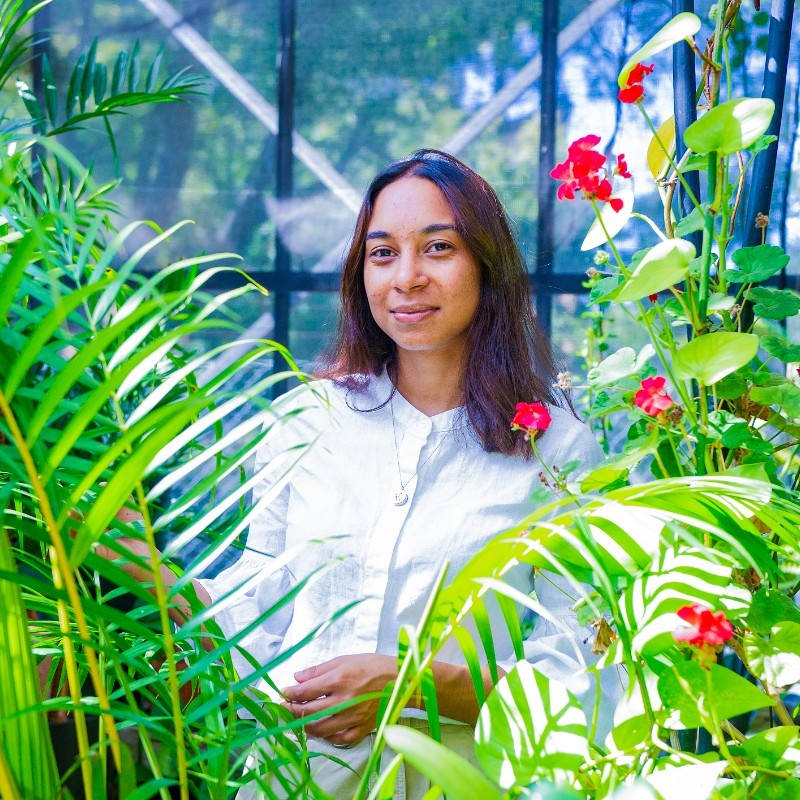Rabiah Jacobs
Postgraduate student (MSc)
Geological Science, University of Cape Town

Biography
I am a Masters student with a passion for the the environment and environmental change. I love being outdoors and am fascinated by nature’s wonders. As a Capetonian I spent much of my time at the beach where my mother would explain the process of erosion of the Cape Granite boulders; that’s where my fascination with geology all started. After completing my honours in Geology I decided to extend my research and do a master’s degree as my study is quite novel and there is so much to be unpacked. My research is focused on the palaeoenvironment of the Calitzdorp area (Western Cape, South Africa) during the Middle Pleistocene. This is an area and period in which limited palaeoclimate literature exists. My aim is to aid in filling that gap in the literature, especially since climate change has become such a crucial issue. In my free time I enjoy being outdoors, exploring secret spots in the city, gardening and running my small microgreens business.
Disciplines
Isotopes, Palaeoclimate, Palaeoenvironment, Termites
Fields of study
Within the Calitzdorp region, Middle Pleistocene termite nests have been preserved as carbonates. Subsequent to the construction of these nests, they became replaced by carbonates. The calcretisation of these nests aid in the preservation of the original nests and can be used and an indicator of the palaeoenvironmental conditions at the time of carbonate precipitation. This is because carbon and oxygen isotopes values of carbonates are linked to the dominant vegetation and temperature of the palaeoenvironment. Additionaly the nest has a unique morphology and chemistry compared to the surrounding soils. This is because termites are social creatures and build their nests to suit their needs in order to survive. My study aims to 1) use the carbon and oxygen isotope values of these carbonates as a proxy for palaeoclimate and palaeoenvironmental conditions 300ka and 2) explore the behaviour of termites (i.e. preferential soil selection) through studying the major and trace element geochemistry of the nests compared to the surrounding lithology
